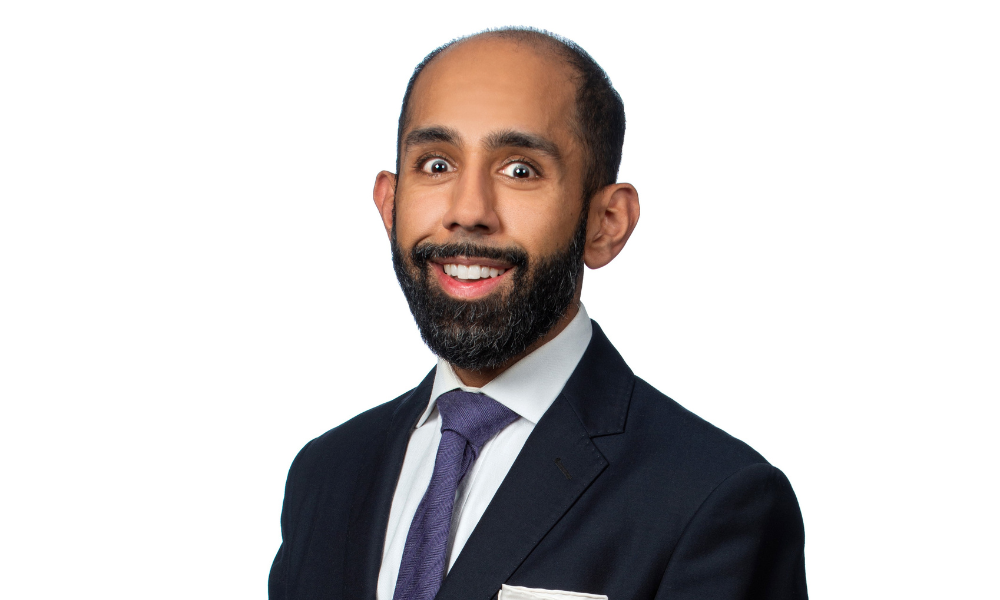If the HBO hit series Succession and Paramount’s Western phenomenon Yellowstone have taught us anything, it’s that the intimate nature of succession planning makes for great television. While these shows dramatize the extreme nature of quarrelling inheritors vying for control of a generational business — verbal and literal crossfires and all — the truth is that the storylines played out in these shows are all too common in the real succession world.
Familial and corporate disasters can and will arise when proper planning isn’t implemented to ensure effective succession of a business from one generation to the next. Thankfully, there are effective and vital planning scripts to follow in order to avoid detrimental outcomes.
Considerations of proper succession plans
Much has been written about the importance of a succession plan when transitioning businesses or assets to another generation, and for good reason. Statistics show that the transfer of a business to a second generation is only successful ~30% of the time, and only ~10% of the time when it is passed on to the third generation. A proper succession plan requires several considerations, most notably the ever-important determination of who will run the business after the generation in question retires or exits the business, and, in many cases, the introduction of a comprehensive shareholders’ agreement. The latter addresses matters like corporate governance, shareholder rights, dividend policies, replacement/retention of key employees (including family members), and a host of other provisions.
As the old saying goes, however, the only two certainties in life are death and taxes. Unfortunately, even the best-laid succession plans can be undermined if provision hasn’t been made for the payment of taxes following death.
Factoring in tax implications
What neither Succession nor Yellowstone addresses (much to the chagrin of this tax lawyer) are the tax implications arising on the death of heads of the Roy and Dutton families, respectively; how each of them plans to pay those taxes when they die; and ways in which they are planning to minimize those taxes on death. The reality is that if the liquidity isn’t there to fund the taxes, the successors could be forced to sell the business or the real estate just to come up with the cash to pay the taxes owing on death. A forced sale could result in a significant discount on the asset’s true value, whether because of poor market conditions at the time of a forced sale or because a sophisticated purchaser recognizes the opportunity to purchase an asset that must be sold.
In Canada, an individual is deemed, on death, to have disposed of all of his/her assets at fair market value and capital gains tax is owing to the extent that the aggregate fair market value of the assets exceeds such assets’ aggregate cost base. The most common exception to this deemed disposition upon death is when assets are left to a surviving spouse, resulting in a “rollover” of the individual’s assets upon death to his/her spouse. This rollover causes the surviving spouse to inherit the deceased spouse’s cost base in respect of the assets on death, thereby deferring the capital gains tax that would otherwise be owing until the assets are actually disposed of or upon the later of the two spouses’ deaths.
For many people, a business (such as Waystar Royco in Succession) or a real estate empire (like Yellowstone Ranch in Yellowstone) could represent the majority, if not all, of a testator’s assets - which begs the question: how will the testator come up with the funds to pay the taxes owing on death without having to sell the business or real estate itself? Life insurance is often used to create liquidity on death, but the individual must be insurable and must also have the cash to pay the premiums on the policy. Another alternative is a loan - perhaps a mortgage against one or more pieces of real estate or a bank loan against the business’s assets. Whether a loan can be obtained will largely depend on whether the assets are already leveraged and whether a bank or other lending institution is willing to loan the funds.
A proper succession plan shouldn’t just look to see how to create liquidity. It should seek to limit how much liquidity is required, namely, by minimizing the amount of taxes that will be owing upon death.
Implementing an estate freeze
The most commonly used tax planning tool to limit taxes on death in Canada is the estate freeze. The impact of an estate freeze is that the individual’s ownership in a company or an asset is “frozen” at its current value, allowing all of the future growth of such corporation or asset to accrue for the benefit of someone else (typically the next generation). Estate freezes are most commonly implemented pursuant to a reorganization of a corporation’s share capital or the tax-free rollover of property into a corporation where the property is held individually. In its most basic form, an individual would exchange his/her growth shares of a corporation or transfer his/her interest in property held individually for a new class of preferred shares of a corporation whose share provisions provide that, among other things, that such shares are redeemable (at the option of the shareholder) and retractable (at the option of the corporation) at the fair market value at the time of the estate freeze, thus fixing their value there forever.
After fixing the value of those preferred shares and ensuring voting control remains with the individual (unless the succession calls for otherwise), new growth shares would be issued to, most commonly, the next generation - either directly or via a family trust (which can also include future generations, living or not at the time of the estate freeze).
By implementing an estate freeze and issuing shares to the next generation, the capital gains taxes on all future growth of the company or the asset from the time of the estate freeze can be deferred until the business or asset is sold, or the new growth shareholder passes away and is deemed to have disposed of his/her shares at such time. Every $1,000,000 of growth after the estate freeze is ~$250,000 of taxes that can be deferred by a generation or more. Further, once an estate freeze is implemented, other tax planning pools can be utilized to reduce the individual’s tax liability upon death, including a wasting freeze (redeeming the newly received preferred shares over time, utilizing the individual’s graduated rates in each year leading up to his/her death), a refreeze (a reorganization to lock in a reduced fair market value of the preferred shares issued upon the estate freeze if the value of the business or real estate subsequently decreases), and the use of corporately owned life insurance to create an addition to the corporation’s capital dividend account upon the death of the individual (which can be used, up to certain limits, to repurchase shares owned by the deceased’s estate on a tax-free basis).
While we all know how the succession planning worked out - or didn’t work out - in Succession, it will be interesting to see how it unfolds in the upcoming 2024 season of Yellowstone, recently announced to be its last. Hopefully, patriarch John Dutton was paying attention to what was happening in Succession, consults a succession lawyer like myself and flips the script on his own succession plan to ensure a smooth transition for all involved.
***
Matthew Getzler
A partner of Torkin Manes, and co-chair of the firm’s Private Client Services and Tax Groups, Matthew Getzler has established himself as a leading authority on a broad range of domestic and international tax planning, primarily for owner-managers and other private corporations. He has particular expertise in succession and estate planning for family businesses and their related corporate groups, corporate reorganizations, cross-border transactions and tax-planning for multi-national corporations. He has built a robust wills and estates practice that focuses on personal/corporate tax and estate planning, specializing in complex wills that dovetail with a corporate tax plan, cross-border planning for dual citizens and post-mortem tax planning.





